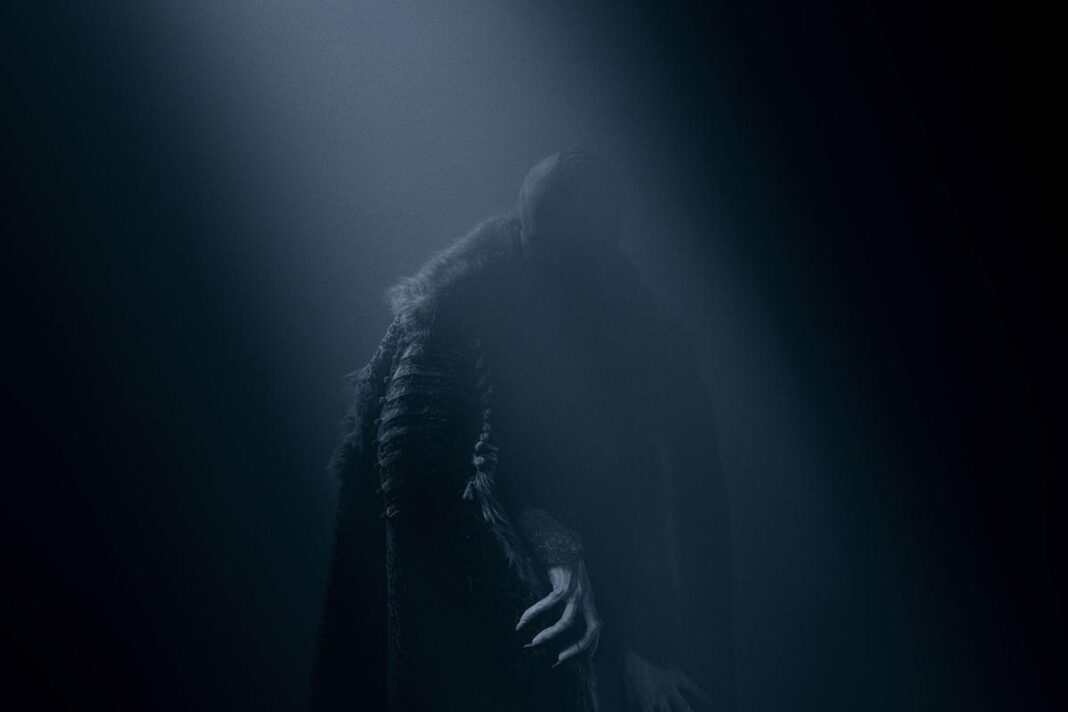Engaging Movie Review: The Fascination with Vampires
The allure of vampires has deep roots that stretch back centuries. Literature paved the way in the 18th century, and filmmakers from every continent have drawn inspiration from that imaginary world since the silent era. The origins trace back to Germany with a short poem by Heinrich Ossenfelder, “The Vampire” in 1748. Goethe’s pen in 1797 crafted “The Bride of Corinth,” the tale of a young woman who returns from the grave in search of the man she loves. Vampires crossed the English Channel in 1819 with John Polidori’s “The Vampyre,” introducing us to an intelligent, fascinating, attractive, and infernal being for the first time. Popularity surged in the 19th century when Bram Stoker penned “Dracula” in 1897.
Conclusion
In conclusion, the fascination with vampires is a timeless theme that continues to captivate audiences across different mediums. From literature to cinema, the portrayal of these supernatural beings has evolved over the centuries, offering a blend of horror, romance, and intrigue. “Nosferatu” by Robert Eggers presents a fresh perspective on the classic vampire tale, delving into the darker aspects of the creature’s existence while exploring themes of loneliness, violence, and temptation. Despite some pitfalls, the film succeeds in creating a haunting atmosphere that lingers in the mind long after the credits roll.
FAQs
1. What is the origin of the fascination with vampires?
The fascination with vampires dates back to the 18th century, with literature playing a crucial role in shaping the mythos of these supernatural beings.
2. Who were some key figures in vampire literature?
Key figures in vampire literature include Heinrich Ossenfelder, John Polidori, Bram Stoker, and many others who contributed to the development of vampire lore.
Tags
Keywords: Vampires, Nosferatu, Robert Eggers, Bram Stoker, Dracula, Horror, Cinema

